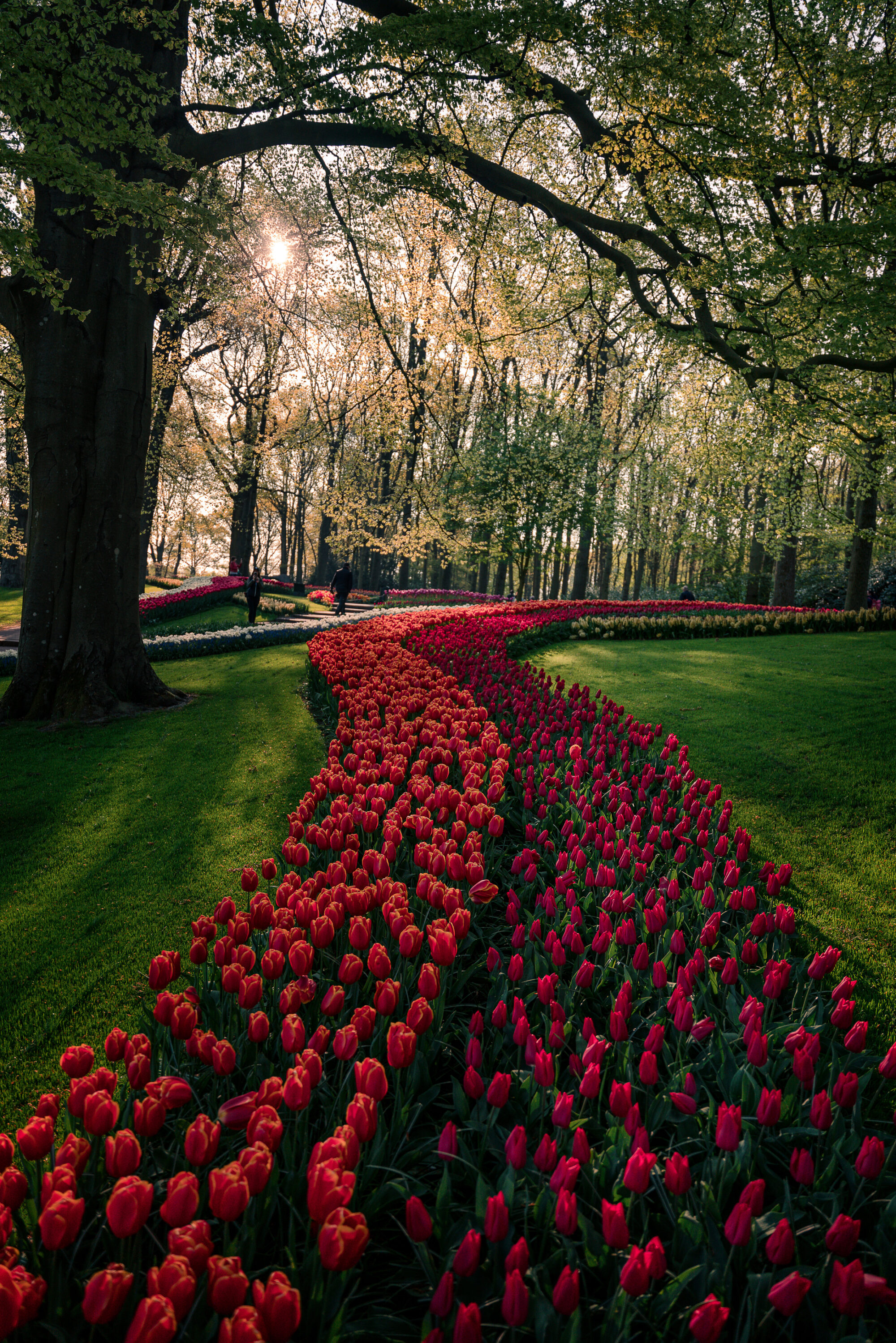I. Introduction
Gardens are beautiful places full of life, color, and texture, making them perfect subjects for photography. Whether you’re a seasoned photographer or just starting out, capturing stunning garden photos can be a challenging and rewarding experience. In this blog post, we’ll be sharing 10 tips to help you take your garden photography to the next level.

From choosing the right time of day to editing your photos, we’ll cover a variety of tips and techniques to help you capture beautiful images of gardens. By following these tips, you’ll be able to create stunning photos that capture the essence and beauty of gardens. So grab your camera and let’s get started!
II. Choose the Right Time of Day
One of the most important factors in capturing stunning garden photos is lighting. The right lighting can make all the difference in the final outcome of your photos. Choosing the right time of day can help you achieve the best lighting for your garden photos.

The best times of day for garden photography are typically early morning and late afternoon, also known as the golden hour. During these times, the light is softer and more flattering, which can create a warm and dreamy feel in your photos.
However, that doesn’t mean you can’t take beautiful photos during other times of the day. Midday sun can create bright and vibrant photos, but it can also create harsh shadows and highlights. In this case, you can use a diffuser or reflector to soften the light and create a more balanced exposure.
Overall, it’s important to be aware of the lighting conditions and adjust your shooting accordingly. By choosing the right time of day for your garden photography, you’ll be able to capture stunning photos that showcase the beauty of the garden.
III. Use a Tripod (when needed)
Another important tool in garden photography is a tripod. Using a tripod can help you achieve sharp and stable photos, especially when shooting in low light with great depth of field or using longer shutter speeds.
There are several types of tripods available, from small and lightweight travel tripods to heavy-duty studio tripods. It’s important to choose a tripod that’s sturdy and durable, and can support the weight of your camera and lenses.
It takes more time to set up a tripod and compose a shot and can feel hindering. But if you have a travel tripod with you, the option is there. Do not always use it, but perhaps the movement of grass or water lends itself to long exposure.
When using a tripod for garden photography, it’s important to find a stable and level surface to set up your tripod. This will help prevent any wobbling or movement in your camera, resulting in sharper photos. You can also use a remote shutter release or the self-timer function to further reduce any camera shake.
Overall, using a tripod can help take your garden photography to the next level by creating sharp and stable photos. Don’t be afraid to experiment with different types of tripods to find the one that works best for your needs.
IV. Get Close and Fill the Frame
One way to make your garden photos more captivating is to get up close and fill the frame with your subject. This can create a sense of intimacy and detail, allowing the viewer to appreciate the intricate beauty of the garden.
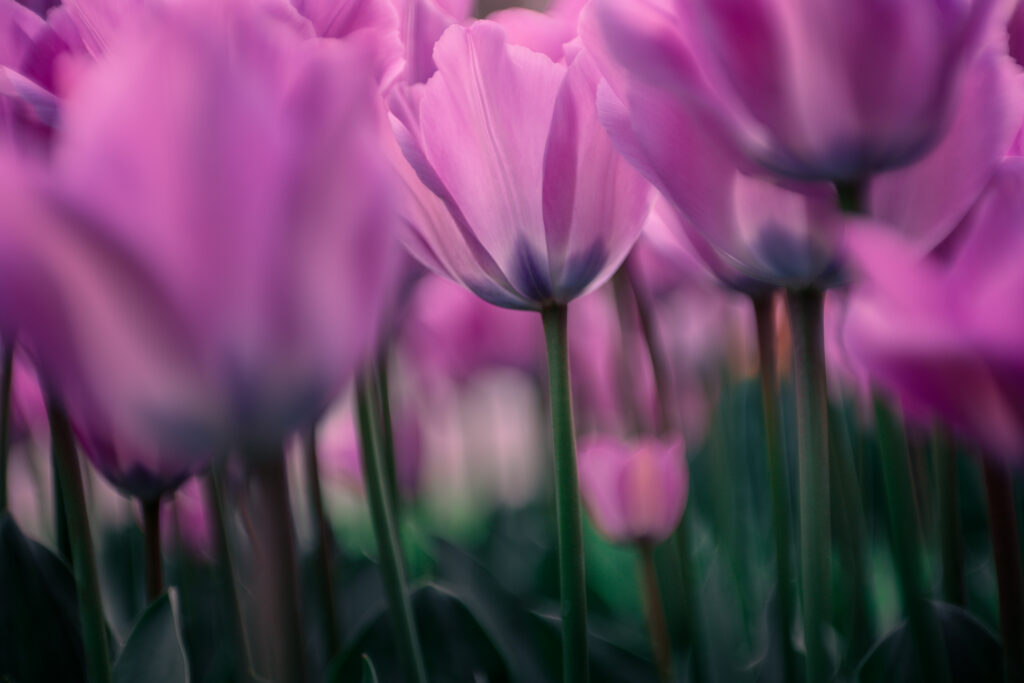
To achieve this, you can use a macro lens or extension tubes to get closer to your subject. These tools allow you to capture fine details and textures that may not be visible from a distance.
When shooting close up, it’s important to pay attention to your depth of field. A shallow depth of field can create a beautiful bokeh effect, blurring the background and highlighting your subject. However, it can also be challenging to achieve sharp focus on your subject. To address this, you can use a higher aperture value or focus stacking techniques.
Overall, getting close and filling the frame can create stunning and intimate photos of the garden. Don’t be afraid to experiment with different techniques to find the right approach for your style of photography.
V. Look for Patterns and Textures
Gardens are full of interesting patterns and textures, from the veins of a leaf to the petals of a flower. Incorporating these elements into your photos can add depth and interest to your compositions.
To capture patterns and textures in your garden photography, it’s important to pay attention to the details. Look for interesting shapes, lines, and textures that can create contrast and visual interest in your photos.

You can also experiment with different angles and perspectives to showcase the patterns and textures in unique ways. For example, getting low to the ground can create a sense of depth and dimension, while shooting from above can highlight the symmetry and patterns in the garden.
Overall, incorporating patterns and textures into your garden photography can create visually interesting and captivating photos. Don’t be afraid to experiment and get creative with your compositions to showcase the beauty of the garden.
VI. Use Natural Light to Your Advantage
Lighting plays a crucial role in garden photography, and natural light can be particularly effective in highlighting the beauty of the garden. By using natural light to your advantage, you can create stunning and evocative photos that capture the mood and atmosphere of the garden.
To use natural light effectively in garden photography, it’s important to pay attention to the time of day and weather conditions. The best times to shoot are during the golden hours, which are the hour after sunrise and the hour before sunset, when the light is soft and warm.
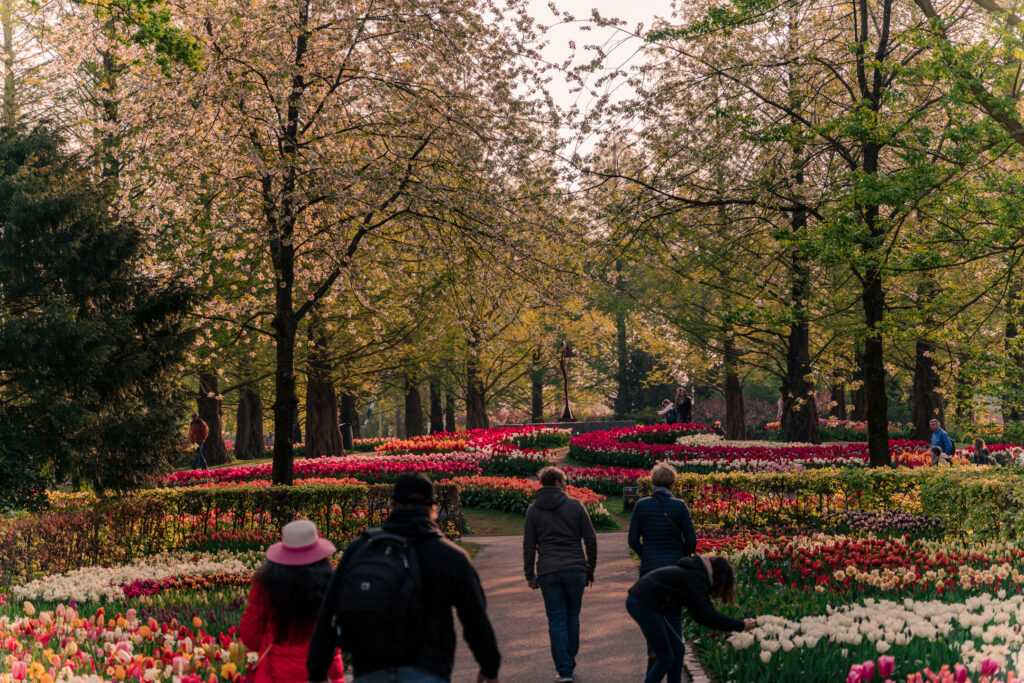
You can also use the weather to your advantage by shooting on overcast days or after a rain shower. These conditions can create a soft and diffused light that can be particularly flattering for flowers and plants.
When shooting in natural light, it’s important to consider the direction and quality of the light. Backlighting can create a beautiful halo effect around your subject, while side lighting can create depth and dimension.
Overall, using natural light effectively can help you create stunning and evocative photos of the garden. Don’t be afraid to experiment with different lighting conditions and techniques to find the right approach for your style of photography.
VII. Pay Attention to Composition
Composition is a key element in creating visually appealing garden photos. By paying attention to composition, you can create photos that are both aesthetically pleasing and impactful.
One important aspect of composition is the rule of thirds. This involves dividing your frame into thirds, both vertically and horizontally, and placing your subject along these lines or at their intersections. This can create a sense of balance and visual interest in your photos.

Another important aspect of composition is the use of leading lines. Leading lines are lines in your photo that lead the viewer’s eye to your subject. These can be created by the shape of a path, the curve of a flower stem, or the outline of a tree.
In addition, using framing techniques can help draw the viewer’s eye to your subject. This can be done by using natural elements in the garden, such as arches or trellises, to frame your subject.
Overall, paying attention to composition can help you create visually appealing and impactful garden photos. Don’t be afraid to experiment with different techniques and approaches to find the right composition for your photo.
VIII. Don’t Be Afraid to Get Close
Getting up close to your subject can create stunning and impactful garden photos. By focusing on the details and textures of your subject, you can create photos that are both intimate and captivating.
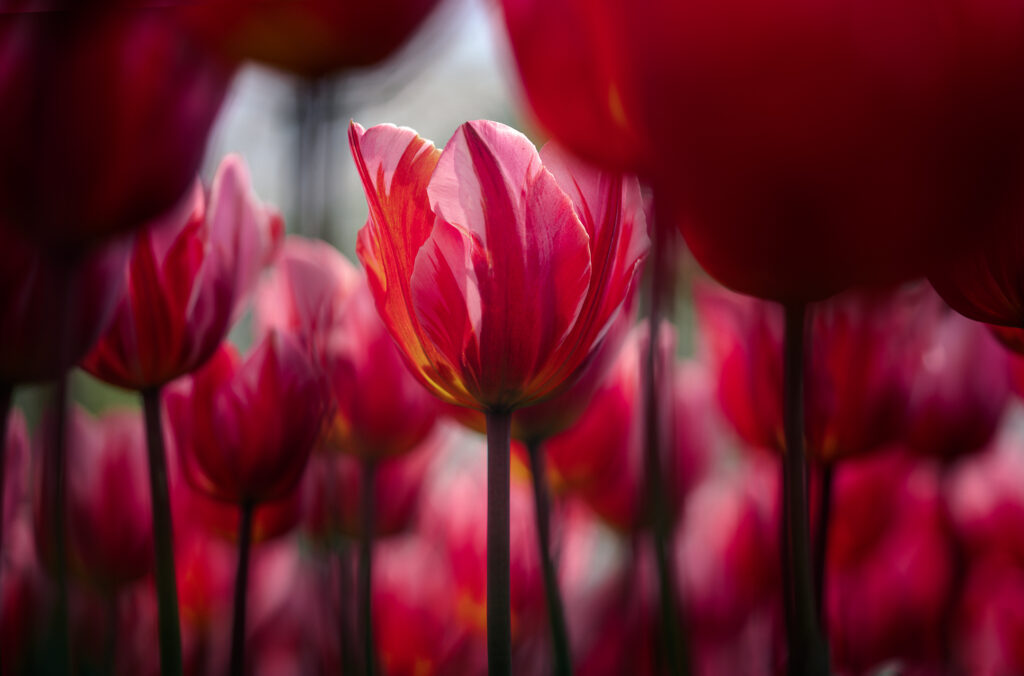
One way to get close is by using a macro lens. Macro lenses are designed to capture close-up details and textures and can create stunning photos of flowers and other plants. If you don’t have a macro lens, you can also experiment with close-up filters or extension tubes to get closer to your subject.
Another way to get close is by using a wide aperture. By using a wide aperture, such as f/2.8 or f/1.8, you can create a shallow depth of field that blurs the background and puts the focus on your subject.
Overall, getting close to your subject can help you create stunning and impactful garden photos. Don’t be afraid to experiment with different techniques and equipment to find the right approach for your style of photography.
IX. Edit Your Photos
Editing is an important part of the photography process, and can help enhance the beauty of your garden photos. By using editing software, you can adjust the colors, contrast, and brightness of your photos to create a more polished and professional look.
When editing your garden photos, it’s important to keep in mind the style and mood you want to convey. For example, you may want to enhance the vibrant colors of your flowers to create a cheerful and lively feel, or you may want to create a more moody and atmospheric look by adjusting the contrast and saturation.
In addition, you can use editing software to remove distractions and unwanted elements from your photos, such as a stray leaf or a distracting background.
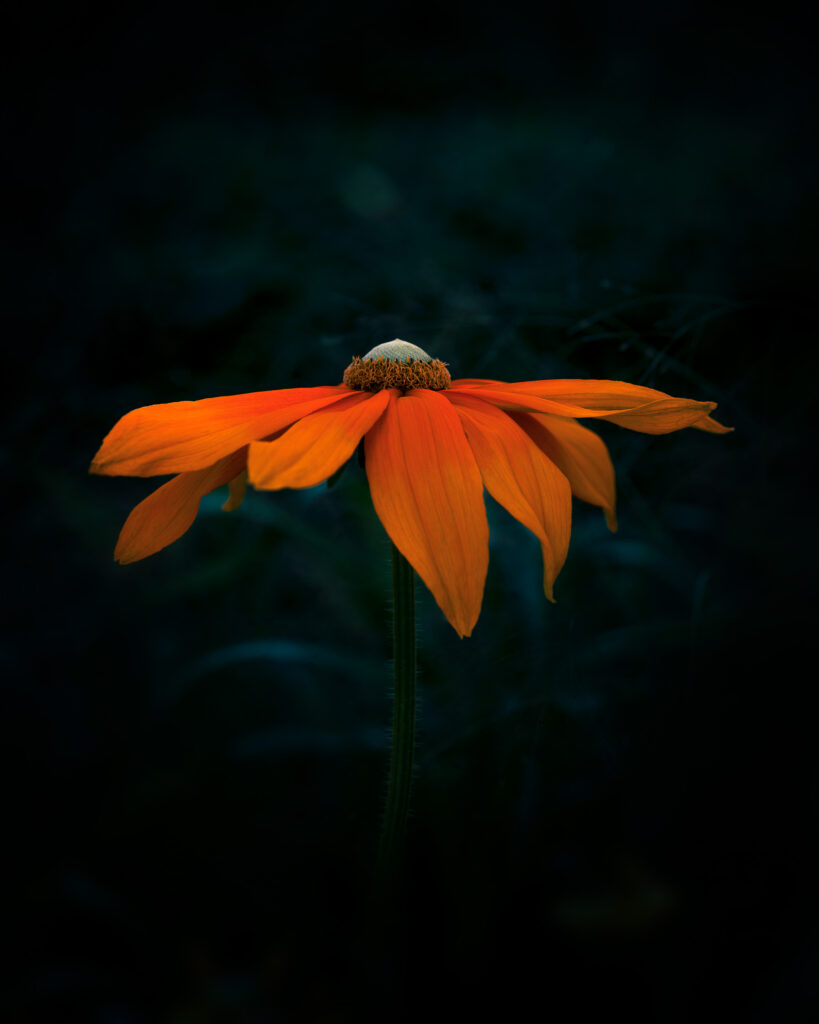
However, it’s important not to over-edit your photos, as this can create an unnatural and artificial look. Aim to enhance the natural beauty of your garden photos while maintaining their authenticity.
Overall, editing your garden photos can help you enhance their beauty and create a more polished and professional look. Don’t be afraid to experiment with different editing techniques and styles to find the right approach for your photos.
X. Practice, Practice, Practice
As with any skill, practice is key to improving your garden photography. By practicing regularly, you can refine your techniques, develop your style, and capture stunning photos of the beautiful plants and flowers in your garden.
Try to set aside time each week to practice your garden photography, whether it’s in your own garden or at a nearby botanical garden or park. Experiment with different techniques, compositions, and lighting conditions to challenge yourself and improve your skills.
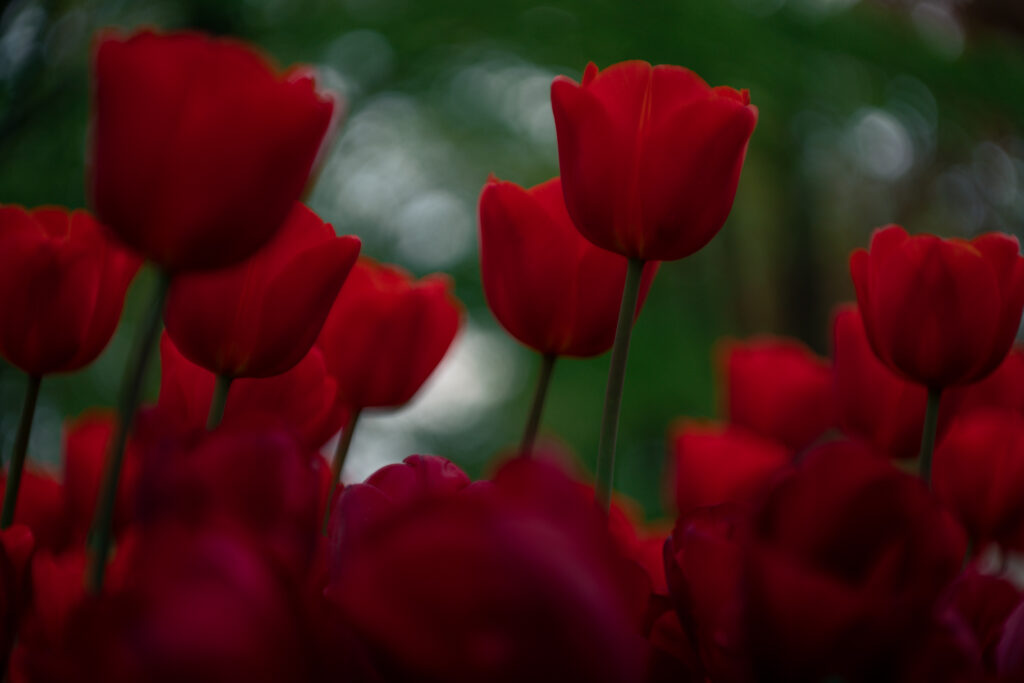
In addition, seek feedback from other photographers or photography communities to help you identify areas for improvement and gain inspiration for your future photos.
Remember, photography is a lifelong journey of learning and experimentation, and the more you practice, the better you’ll become. Don’t be discouraged by mistakes or setbacks, but instead use them as opportunities to learn and grow as a photographer.
Overall, by practicing regularly and staying motivated, you can capture stunning and breathtaking photos of the natural beauty in your garden.
XI. Share Your Photos
Finally, sharing your garden photos with others can be a rewarding and fulfilling experience. Whether it’s through social media, online photography communities, or in-person exhibits or galleries, sharing your photos can help you connect with others who share your passion for garden photography.
In addition, sharing your photos can help you gain valuable feedback and insights from others, which can help you improve your skills and grow as a photographer.
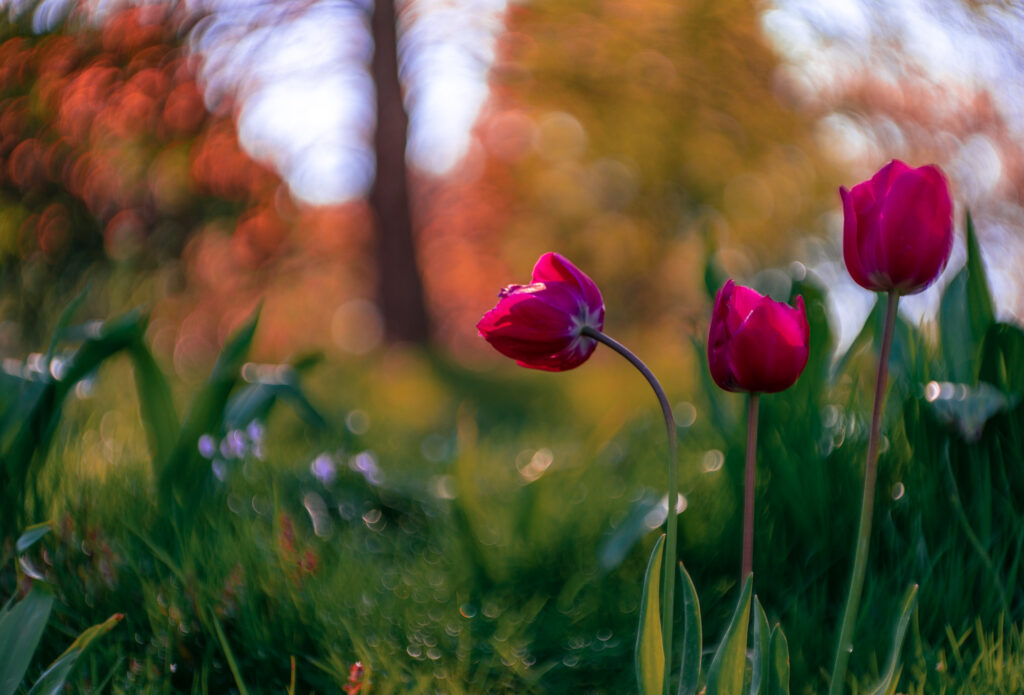
When sharing your photos, be sure to credit any plants or flowers in the photo, and respect any copyright or usage rights associated with the photo. You can also consider offering prints or digital copies of your photos for sale, if you’re interested in monetizing your work.
Overall, sharing your garden photos with others can be a rewarding and fulfilling way to showcase your talents and connect with others in the photography community. Don’t be afraid to share your work and gain feedback from others to help you grow and improve as a photographer.
XII. Conclusion
Capturing stunning garden photos can be a challenging yet rewarding experience for any photographer. By following these 10 tips, you can improve your skills, refine your techniques, and capture breathtaking photos of the natural beauty in your garden.
Remember to always respect the environment and plants you’re photographing, and to approach your photography with a sense of curiosity, creativity, and respect.
Whether you’re a beginner or an experienced photographer, there’s always room for growth and improvement in garden photography. So, keep practicing, experimenting, and sharing your work with others to continue honing your skills and capturing stunning photos of the natural world.
